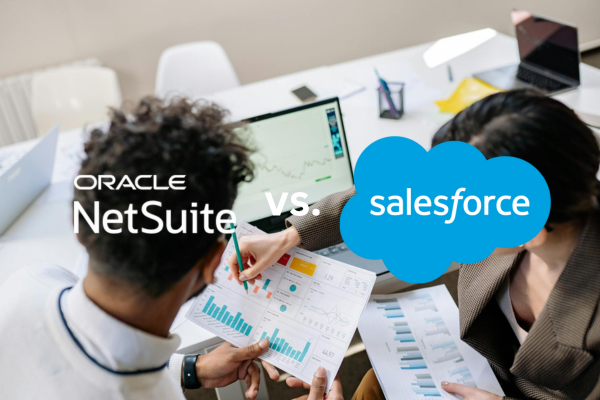As a philosophy, customer-centric thinking is (almost) universal. The idea behind it is simple; if consumers feel welcomed and encouraged at every step of their buying journey, they are more likely to complete a purchase or recommend the company to others. The rationale behind putting customers front and center is intuitive — and yet, in healthcare, patients too often find themselves sidelined and adrift.
“The adoption of client-centric thinking and customer relationship management happened in other industries — retail, banking, hospitality — a long time ago,” Dr. Jose Quesada, Salesforce’s Vice President of Global Healthcare, explained in an interview with Gerent. “But in healthcare, that adoption has been much slower.”
Defining Care-Centric vs. Consumer-Centric Journeys
If customer journeys in other industries are consumer-centric, those in healthcare might be described as care-centric. Rather than prioritizing the customer, healthcare organizations develop their patient journeys around the provision of care. Patients who need care often shoulder the burden of organizing it alone — and when they receive it, their experiences tend to be episodic and focused on addressing immediate concerns. This care-centric approach to journey design can result in unsupportive experiences that undermine a provider’s ability to understand a patient from a holistic perspective.
“The type of data providers need, it’s not just clinical,” Dr. Quesada noted. “It’s personal preferences, whether patients like to communicate via email, mobile push notifications, or chat. Lifestyle data, too — if a patient has a medical condition like diabetes, providers need to look at how that person is doing outside of their immediate symptoms. Are they exercising, stressed, or eating well? All of that matters.”
All of this patient information ties into what Dr. Quesada and like-minded industry thinkers at Salesforce call the 360° patient view. When facilitated by a customer relationship management (CRM) framework like Salesforce Health Cloud, a 360° snapshot could empower providers to develop a comprehensive view of their patients and plot out a more supportive, patient-centric care journey.
“With Health Cloud, the experience is completely different,” Dr. Quesada said. “Organizations have a much greater capacity to guide patients through their treatment journeys.”
A Case Study on the Value of Data-Driven, Proactive Care
To illustrate the difference in consumer experience, let’s consider a hypothetical scenario for a patient with Type 2 diabetes.
In the conventional, care-centric model, a patient’s diabetes would be recorded in their chart along with their health history and any prescribed medications. If they experience a sudden health event and visit the emergency room or doctor’s office, a provider would consider their diabetes while addressing the immediate problem. However, their approach is fundamentally reactive — care providers only intervene after the patient initiates contact or seeks emergency treatment.
The patient-centric approach is notably more proactive. Let’s say that the same diabetes patient begins to experience a decline in health. However, before their condition deteriorates to the point of necessitating emergency care, they get a call from their primary care physician. The doctor received an alert from their Health Cloud CRM system that the patient’s blood sugar — which is recorded and transmitted to the physician’s office via an IoT device — has been dangerously inconsistent for several days.
Once alerted, the patient schedules an appointment, undergoes a few tests, and receives an updated care plan that will help them normalize their condition. The data-prompted intervention forestalls an expensive trip to the hospital and empowers the patient to maintain a higher quality of life.
While this scenario is hypothetical, studies have demonstrated the real-world value of a data-backed and proactive approach to care. Data has been found to improve diagnostic accuracy, risk prediction, care quality, patient outcomes, and care costs. One 2021 study even found that doctors who used big data analytics to guide tailored care interventions among older adults tended to report lower hospital readmission rates than their colleagues who did not rely on data.
“The ability to connect sensors and continually gather data, that’s something you can do with Health Cloud,” Dr. Quesada said. “Providers can see what’s happening with a patient’s lifestyle data in a few minutes.”
However, this transformative technology is currently underutilized. While nearly 86% of office-based physicians have adopted electronic health record (EHR) systems, few have the 360° patient view functionality that Health Cloud provides. Many don’t even have the means to collect vital nonclinical information. But with Salesforce’s healthcare-tailored CRM, they could finally have the opportunity to leave the constraints of the old care-centric philosophy behind and embrace the care improvements provided by a patient-centric approach.
As Dr. Quesada concluded on the matter: “This is the whole package; we can’t go back to siloed, uninformed systems.”
To find out more about Health Cloud and what it could offer to your organization, contact Gerent today!










